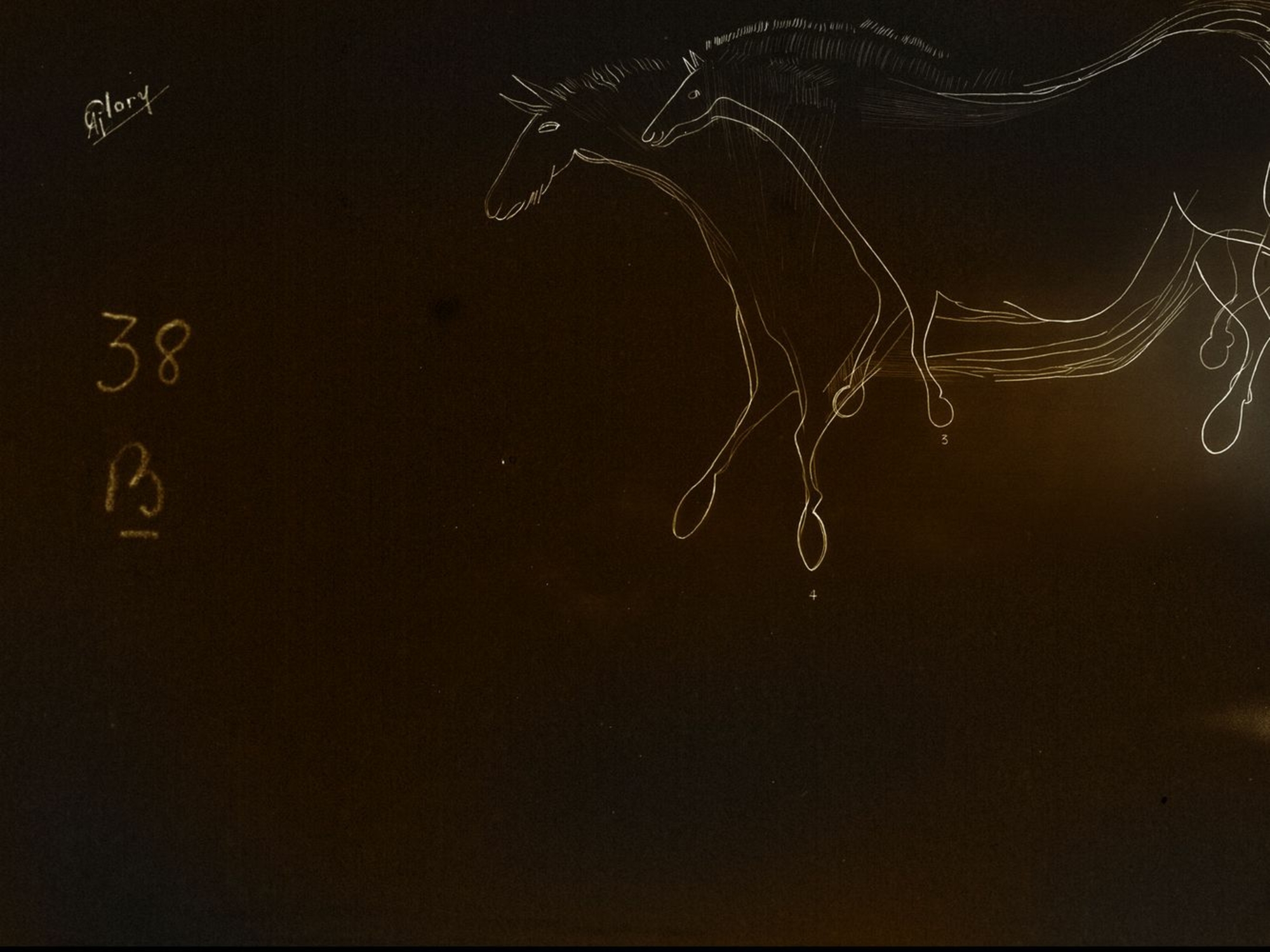
- Home
- Archaeological research
- Dating the figures at Lascaux
The initial chronological hypotheses
Henri Breuil and Denis Peyrony established an association with the Gravettian. For Breuil, the chronology of Palaeolithic parietal art depended on the existence of two cycles: one Aurignacian-Perigordian, and the other Solutrean-Magdalenian. He drew parallels between Lascaux and the painted figures found in stratigraphy – and thus reliably dated – at the Labattut (Perigordian) and Blanchard (Aurignacian) shelters. A more nuanced evaluation was advanced by Annette Laming, who pointed out that this iconography displayed characteristics that could be attributed to either of the two major cycles.
For Séverin-Blanc, most indicators tended to point to a Solutrean-Magdalenian origin for the art.
Initial radiocarbon dating tests
In 1951, fragments of charcoal from the excavations in the Shaft were analysed in the Chicago laboratory of Willard Libby, who had pioneered the method. The results, a date of 15,500 years BP, placed Lascaux in the Magdalenian culture.
André Glory requested dating for new charcoal samples, which had been discovered during his excavations in the Passageway and the Shaft. They were dated to, respectively, 17,190 ± 140 years BP and 16,000 ± 500 years BP, which confirmed the assignation of the archaeological objects to an ancient phase of the Magdalenian.
André Leroi-Gourhan based his theory on stylistic data, using the well-dated sites of Fourneau du Diable in Bourdeilles (Dordogne) and Roc-de-Sers (Charente), as reference points. He concluded that Lascaux was Solutrean. Nevertheless, a few years later, the study of the lithic and bone material, as well as the stratigraphic analysis of cross-sections that had been taken by André Glory, brought changes to this point of view. The study, led by Arlette Leroi-Gourhan and Jacques Allain, established a precise, tight chronology, attributing all of Lascaux to the Magdalenian II.
These successive adjustments show the difficulties in establishing a precise, well-argued chronological scheme.
1998 and 2002: new analyses
In 1998, and then in 2002, two radiocarbon analyses carried out on fragments of a reindeer antler baton, unearthed by Henri Breuil and Séverin Blanc, tended to push back the former estimates to between 18,600 and 18,900 BP, at the boundary between the upper Solutrean and the Badegoulian.
A formal analysis of the figures at Lascaux leads one to think that the art belongs to a Solutrean tradition. Clearly, they are more reminiscent of the works at the well-dated sites of Fourneau-du-Diable or Roc-de-Sers, than of any Magdalenian example.
The geometric signs also play a role in placing Lascaux's art in the Solutrean. In certain engravings in the cave of Le Placard (Charente), attributed to the Solutrean, Jean Clottes recognised several signs, which he designated "Placard type". They are identical in form to the "hearth" signs in the caves at Cougnac and Pech-Merle (Lot). Additionally, he noticed the similarities the shape shared with the large black brackets sign beneath the diptych of the first Chinese Horse at Lascaux.
The Confronted Ibexes on the right-hand wall at the far end of the Axial Gallery are not dissimilar to the bas-relief ibexes at Roc-de-Sers (Charente). At this same Upper Solutrean site, the rare image of a human facing a horned animal, in this case a musk ox. The same scene appears at Lascaux at the base of the Shaft. Both sites also contain an image of a bird.
Associated media
Open Media Library
